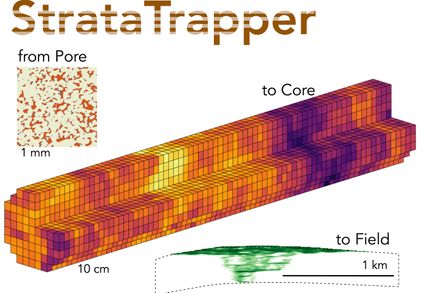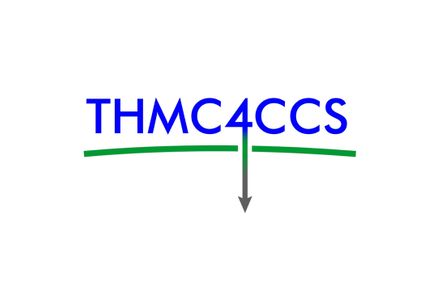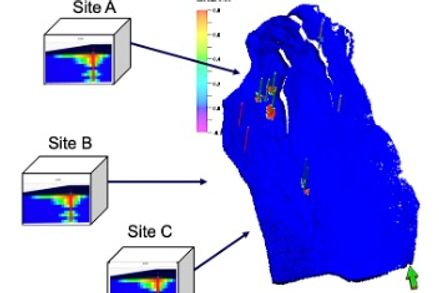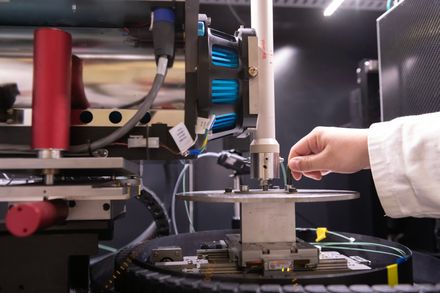BibTex format
@article{Bui:2018:10.1039/C7EE02342A,
author = {Bui, M and Adjiman, CS and Bardow, A and Anthony, EJ and Boston, A and Brown, S and Fennell, PS and Fuss, S and Galindo, A and Hackett, LA and Hallett, JP and Herzog, HJ and Jackson, G and Kemper, J and Krevor, S and Maitland, GC and Matuszewski, M and Metcalfe, IS and Petit, C and Puxty, G and Reimer, J and Reiner, DM and Rubin, ES and Scott, SA and Shah, N and Smit, B and Trusler, JPM and Webley, P and Wilcox, J and Mac, Dowell N},
doi = {10.1039/C7EE02342A},
journal = {Energy and Environmental Science},
pages = {1062--1176},
title = {Carbon capture and storage (CCS): the way forward},
url = {http://dx.doi.org/10.1039/C7EE02342A},
volume = {11},
year = {2018}
}
RIS format (EndNote, RefMan)
TY - JOUR
AB - Carbon capture and storage (CCS) is broadly recognised as having the potential to play a key role in meeting climate change targets, delivering low carbon heat and power, decarbonising industry and, more recently, its ability to facilitate the net removal of CO2 from the atmosphere. However, despite this broad consensus and its technical maturity, CCS has not yet been deployed on a scale commensurate with the ambitions articulated a decade ago. Thus, in this paper we review the current state-of-the-art of CO2 capture, transport, utilisation and storage from a multi-scale perspective, moving from the global to molecular scales. In light of the COP21 commitments to limit warming to less than 2 °C, we extend the remit of this study to include the key negative emissions technologies (NETs) of bioenergy with CCS (BECCS), and direct air capture (DAC). Cognisant of the non-technical barriers to deploying CCS, we reflect on recent experience from the UK's CCS commercialisation programme and consider the commercial and political barriers to the large-scale deployment of CCS. In all areas, we focus on identifying and clearly articulating the key research challenges that could usefully be addressed in the coming decade.
AU - Bui,M
AU - Adjiman,CS
AU - Bardow,A
AU - Anthony,EJ
AU - Boston,A
AU - Brown,S
AU - Fennell,PS
AU - Fuss,S
AU - Galindo,A
AU - Hackett,LA
AU - Hallett,JP
AU - Herzog,HJ
AU - Jackson,G
AU - Kemper,J
AU - Krevor,S
AU - Maitland,GC
AU - Matuszewski,M
AU - Metcalfe,IS
AU - Petit,C
AU - Puxty,G
AU - Reimer,J
AU - Reiner,DM
AU - Rubin,ES
AU - Scott,SA
AU - Shah,N
AU - Smit,B
AU - Trusler,JPM
AU - Webley,P
AU - Wilcox,J
AU - Mac,Dowell N
DO - 10.1039/C7EE02342A
EP - 1176
PY - 2018///
SN - 1754-5692
SP - 1062
TI - Carbon capture and storage (CCS): the way forward
T2 - Energy and Environmental Science
UR - http://dx.doi.org/10.1039/C7EE02342A
UR - http://hdl.handle.net/10044/1/55714
VL - 11
ER -





